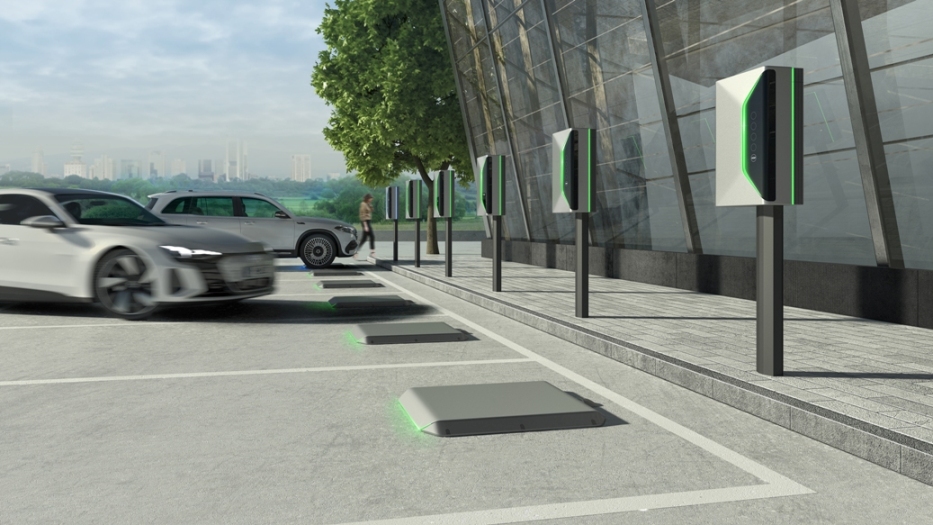Siemens has invested $25 million to acquire minority stake in US-based WiTricity, a wireless charging technology company. Siemens and WiTricity will work together to drive innovation in the emerging market for wireless EV charging.
The wireless EV charging market is expected to reach $2 billion by 2028 in Europe and North America alone, according to Siemens’ calculations.
Collaboration
The two companies seek to bridge the gaps in the global standardization of wireless charging for electric passenger and light duty commercial vehicles, to enable interoperability between vehicles and infrastructure, as well as support market penetration. In addition, both parties will collaborate to advance the technical development of wireless charging systems, a release from Siemens said.
License partner
Siemens will also become a technology license partner, benefitting from WiTricity’s deep know-how and decade-long collaboration with global automotive OEMs to develop proven, field-tested, interoperable wireless charging solutions.
Innovative technology
A charging pad mounted on or in the ground exchanges power with a receiving coil attached on the underside of the EV. There are no moving parts or physical connectors. Instead, a magnetic field transfers energy between the charging pad and the vehicle coil when the vehicle is over the charging pad. The system uses resonant induction between the charger and receiver in order to provide high efficiency at a variety of ground clearances, from low-slung sports cars to SUVs.
Also read: Sustainable EV Charging Concept From Siemens And Nexii Unveiled
Ultimate goal
The ultimate goal of the collaboration is to accelerate the maturing of wireless charging technologies together with OEMs and infrastructure partners to simultaneously ensure their cost-effective availability worldwide. A recent survey of more than 1,000 current and future EV owners interested in purchasing an EV in the next two years indicated that wireless charging was one of the highest-rated add-ons and a more preferred option to other amenities, including park-assist, performance, or premium audio packages.
Removing “friction points”
For autonomous vehicles to fulfill their promise key friction points will need to be removed, such as charging, which today still requires human intervention. Wireless power transfer will be the key technology to enable contactless automatic charging with least maintenance requirements and pave the way to an all-electric, fully autonomous mobility future.
Featured photograph (source: Siemens) shows a generic set up for wireless charging of electric vehicles

